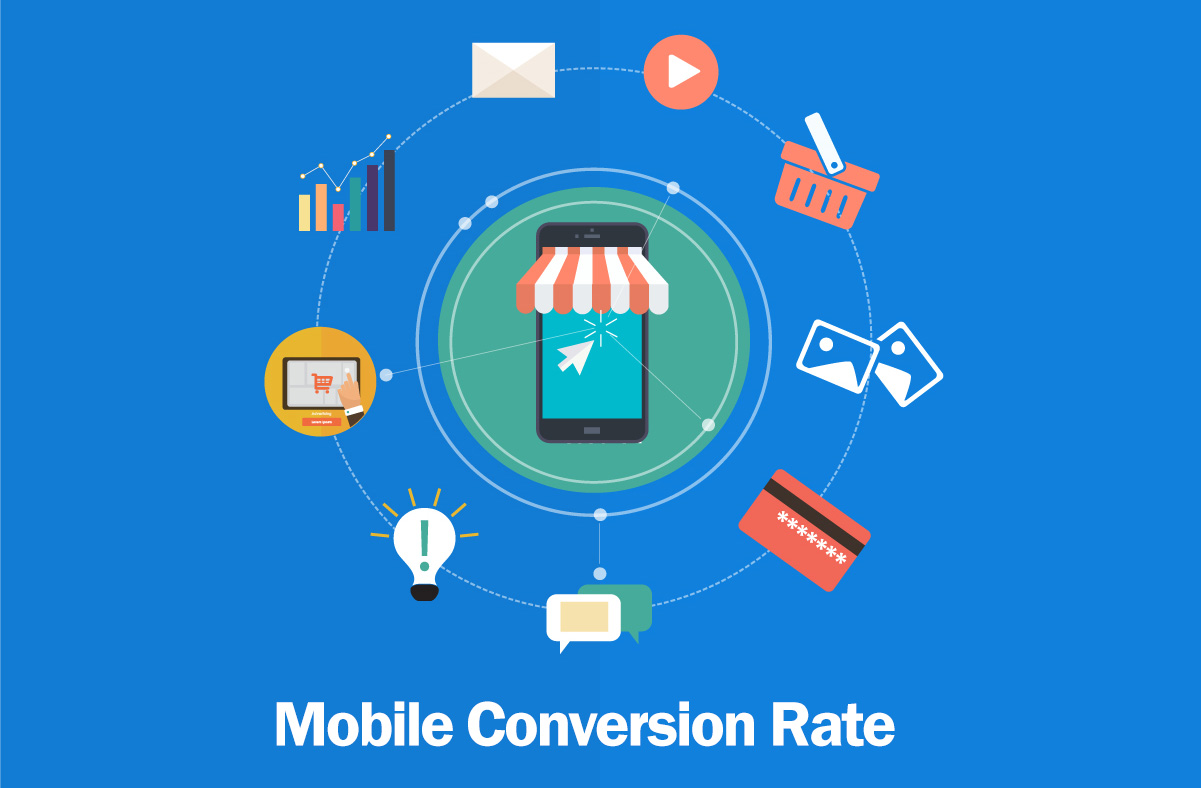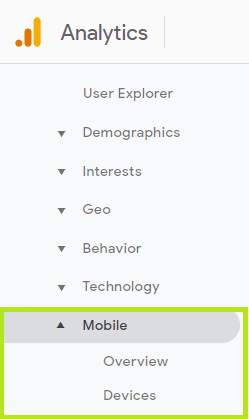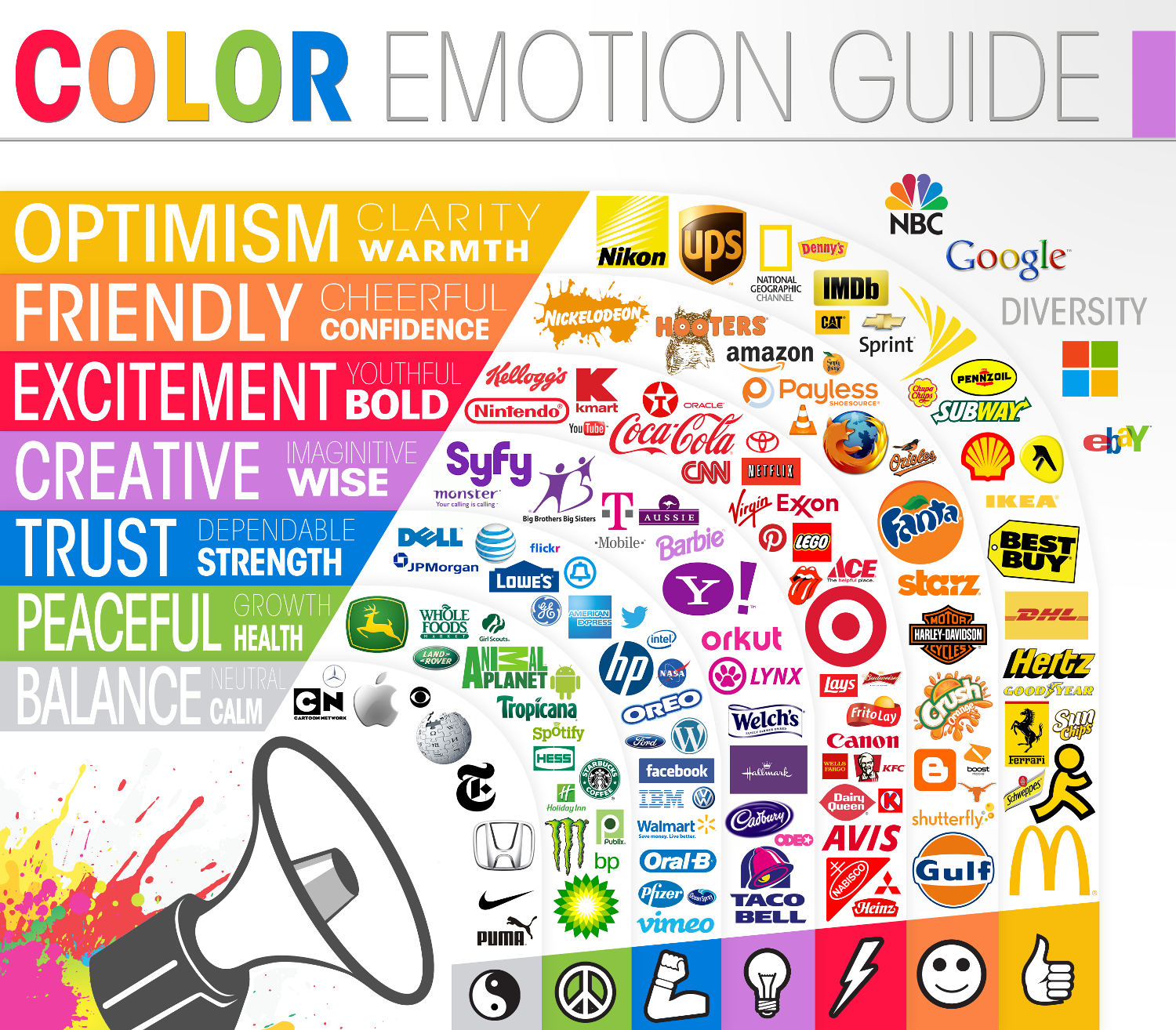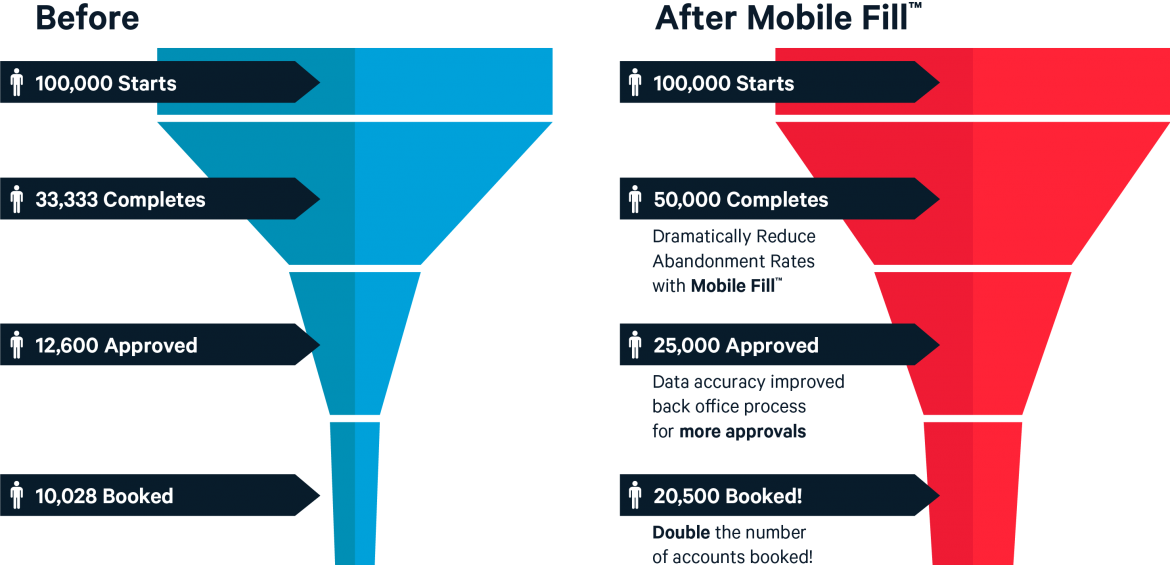





Are you paying attention to your site’s mobile conversion rates?
You should be. Here’s why:
With more shoppers turning to mobile to buy from businesses like yours, the solution is clear. You should be focusing heavily on your mobile conversion rates. Furthermore, if you can manage to ramp up your mobile conversion rate, great things are bound to happen for your business, including more sales, revenue, and ROI.
In online marketing, conversion rate refers to the percentage of your site’s visitors who turn into leads.
Back in 2016, mobile website traffic finally surpassed desktop traffic for the very first time. You’ve likely noticed the proliferation of smartphones throughout society in your own life. Young kids and the elderly now have smartphones, and viable consumers do too. The latter are who you want to focus on.
Those with a consumer attitude and money to spend are browsing the web on their phones more than ever before. By focusing on your mobile using audience, you can manage to capture those consumers in the hopes of enticing them to make a purchase.
Sadly, too many marketers still prioritize desktop metrics when analyzing a website’s progress. Merely focusing on the desktop conversion rate isn’t going to cut it anymore, now or in the future. Instead, you should be optimizing your site for mobile users and assessing the mobile conversion rate if you want the most modern and holistic view of how any given website is doing.
There’s an added benefit of mobile optimization that can further contribute to the growing size of your bottom line. In 2015, Google announced that it was going to start focusing on sites that were more mobile friendly, calling the initiative Mobile First. By attaining more mobile conversions, you’ll get higher Google rankings, which in turn means more exposure; and the cycle will continue.
An influx of traffic and mobile conversions means that you’ll have just the right mixture for greater business success.
To calculate mobile conversions, you need to identify two things:
1.The number of individuals who have landed on your site using a mobile device
2.The number of times those individuals completed the intended action.
Once those variables are identified, you can plug them into the formula below.
(Total Completed Actions (Conversions) / Total Amount of Mobile Traffic ) x 100 = Mobile Conversion Rate (CR)
For example, if 1000 mobile users landed on your website and 25 clicked-to-call your office, your mobile conversion rate would be (25/1000) x 100 = 2.5%
You can find these figures in Google Analytics by viewing Audience>Mobile>Overview.

Your mobile overview delivers all your mobile data into a single dashboard. However, if you want to gain an even more holistic view of your site data, click the pie chart icon at the right of your GA dashboard. Doing so will deliver data that is broken down by desktop, mobile, and tablet users. Analyze all three on a regular basis for best results but pay particular attention to mobile users and your mobile conversion rate.
A recent study showed that the average e-commerce conversion rate for desktop sites is 2.06%. For mobile e-commerce visitors, the number decreased to 0.55%. However, conversion rates vary so widely across industries. What may be a mobile conversion rate breakthrough for you may be disappointing to a marketer in a separate industry. It’s all relative. To constantly strive for a better mobile conversion rate than you had yesterday is the best mantra to work by. All websites have areas where improvements can be made. Find those areas on your site and optimize them for your mobile users to entice your conversions from the consumers who matter.
If you want higher mobile conversions than you had yesterday, put these ten critical steps to work.
If your site takes too long to load, just like that, you’re going to lose nearly half of your mobile using audience. Google has been placing a heavy emphasis on speed in recent years. Most specifically, Google is interested in promoting sites that exhibit the fastest render start times or RST.
RST is determined by how quickly your content shows up on the screen initially. Sites with the best mobile RST are favored by Google and receive 50% more engagement than other sites. To speed up the RST of your site, use a responsive design that is optimized for mobile devices. Google also lays out a few site speed best practices for webmasters looking to give their sites a speedy boost. Read those guidelines and put them to good use to create a mobile atmosphere that’s ideal for hanging around and making a purchase.
We recently started a site speed improvement service wherein we improve your site’s speed to load within 4 seconds on mobile devices. Here is Google’s site speed insight page, where you can test your site’s speed.
After you improve your site’s performance (speed), you should build an AMP version of your site. Accelerated Mobile Pages (AMP) is a new technology introduced in 2018 and supported by Google. Google caches your site on their servers and when someone clicks on it, each page loads instantly. Our platform is still in the testing phase but will be introduced soon to transform your site into a rankings-boosting AMP site.
Converting mobile customers requires you to make an excellent first impression, which needs to be done quickly. Anyone landing on your site using a mobile device is going to form an instant impression of your site. They may decide they like it or don’t, but they’re going to do so in less than a second. If you can manage to deliver a site design that is both attractive and simple to navigate, you’ll end up building trust with your audience, which entices your visitors to stay.
Make use of the color wheel and use complementary colors to deliver background designs that are visually appealing and that evoke the necessary emotion. The Logo Company has nicely illustrated how powerful colors are when it comes to our emotions. Take insight from the chart below and infuse your site with colors and emotions that put your mobile using audience in a buying mood.

If you want to form a connection with your mobile audience, placing attractive images throughout your content and in strategic locations is a must. Content with images gets more engagement than content without, as long as the images are of the highest quality, relevant, and optimized for mobile screens.
For best results, stick to images of people, as humans are hard-wired to look at others. You also want to look for images that elicit emotion, such as a group of individuals laughing, as those tend to have the most impact. Finally, use only the highest quality images, so your mobile visitors maintain a high enough opinion of your brand to hand over their hard-earned money.
Visitors to your site should never have to think too hard about what is expected of them. Immediately upon landing, it should be apparent what your site visitors should do. Hulu has done this nicely. Look at the landing page below. Instantly, mobile visitors know what’s on offer and how to get what’s being promised. Of course, site visitors can also log in (top right) or scroll down to learn more.
This is simplistic design at its best, and you’d do well to emulate this lean mobile website style for a nice mobile conversion rate boost.

Individuals engaged in mobile Web surfing may be on the go, which also means that time is likely short. Don’t waste your audience’s time with forms that require an inordinate amount of information to make a conversion. That’s like forming your own obstacle to success. By employing complicated forms, you’re only holding yourself back.
Instead, make forms easy to read and simple to fill out. Only request as much information as you need to deliver what you’ve promised. Make it as easy as possible for mobile visitors to fill out forms and your conversions should improve.
When it comes to completing various actions, mobile users don’t want to work too hard. For that reason, it is best to do everything for them, so they don’t have to do a thing.
Autocomplete can be used to tell mobile browser to auto-populate variables like the person’s name, phone number, and email address. This data can even include credit card details, such as the number, name, expiration date and security code. By minimizing effort, your conversions are sure to gain a massive boost. Using a pre-fill application like the one offered by Mitek can improve your mobile conversion rates in untold ways. Just look at the results touted by the company in the graphic below.

Using trust emblems on your site, such as security and partner logos, along with social proof such as testimonials, can go a long way toward building trust with your mobile using audience. To improve the likelihood that your audience will hand over their credit card details, use a service like TrustLock.

The company offers over 108 trust seal designs that can fit with any landing page or checkout design. The company promises conversion rate increases by up to 63% and will even provide you with a money back guarantee if your sales don’t increase within 30 days.
You can also potentially improve your mobile conversion rate by having an About Me page that describes your mission statement, humble beginnings, and any successes you wish to mention. Write your About page so that mobile visitors know that your organization is comprised of real people in an actual location.
Another excellent way to boost your mobile conversion rate is to have a click-to-call button on the mobile version of your site. People like knowing that a real person is available to answer their questions, so providing quick access to sales reps is a great way to connect with and convert more of your mobile using customers.
79% of consumers would rather watch a video than read information about a product. For that reason, if yours is an e-commerce site, you might give video a try. Since 90% of consumers watch videos on their mobile devices, it makes sense that including video would also increase your mobile conversion rate.
You can never assume that your visitors know how to act when arriving on your site. Your CTA guides those visitors to the ideal resolution. When it comes to mobile CTAs, be concise, direct, and let your audience know how to take action to achieve their goals. Clearly explain the benefits, use power words to inspire action, and ensure you provide immediate delivery of whatever’s being promised.
For example, a mobile landing page may read, “Get relief by calling for tax help now!”
Statistics and theories can help you formulate changes to your website, but only proper testing will let you know if those changes are valid. Testing your website changes lets you know when your audience approves, and when any changes should be immediately reversed.
A/B testing is the most common form of web testing and should be employed when optimizing for mobile devices. A/B testing protocol works by taking two identical pages, a landing page for example, and altering a single element, such as the headline. Both pages, from the body text and image to everything else in between will remain the exact same. Only the headline will be different.
Both pages with altered headlines will then be displayed to the same audience segment, only at different times; one in the morning and one in the evening, for example. Or, you might show the pages on altering days. By tabulating your mobile conversion rates for both pages, you can determine which headline was most effective.
That’s A/B testing in action. Every element you change should be tested for best results. Ensure you give each test time to generate the proper data, which means that changes should be made slowly, but surely, to ensure success. Over time and with enough testing, you’ll have a website that is optimized for mobile conversions, contributing to greater campaign success.
Your site’s mobile conversion rate matters, now more than ever before. With mobile users expecting to make up over half of all e-commerce sales by 2020, you can’t ignore your mobile audience any longer. By focusing on an eye-catching and lean design, adding professional images, removing as much effort as possible, and by A/B testing all changes, your site’s mobile conversion rate is sure to rise. With more mobile conversions, you’ll have a site that’s ripe for success, giving you the much-anticipated return on your marketing investment.
